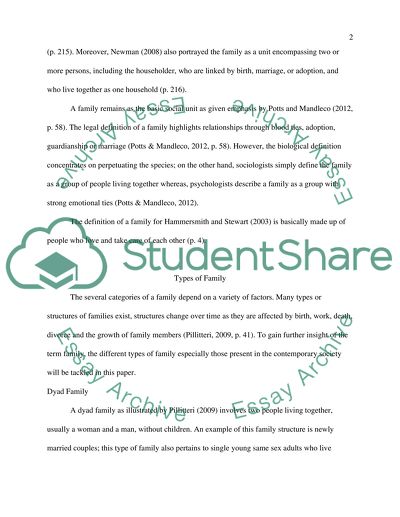Cite this document
(“The Family as a Fundamental Unit in a Contemporary Society Essay”, n.d.)
Retrieved from https://studentshare.org/psychology/1443880-what-is-family-and-what-are-they-like-in
Retrieved from https://studentshare.org/psychology/1443880-what-is-family-and-what-are-they-like-in
(The Family As a Fundamental Unit in a Contemporary Society Essay)
https://studentshare.org/psychology/1443880-what-is-family-and-what-are-they-like-in.
https://studentshare.org/psychology/1443880-what-is-family-and-what-are-they-like-in.
“The Family As a Fundamental Unit in a Contemporary Society Essay”, n.d. https://studentshare.org/psychology/1443880-what-is-family-and-what-are-they-like-in.


